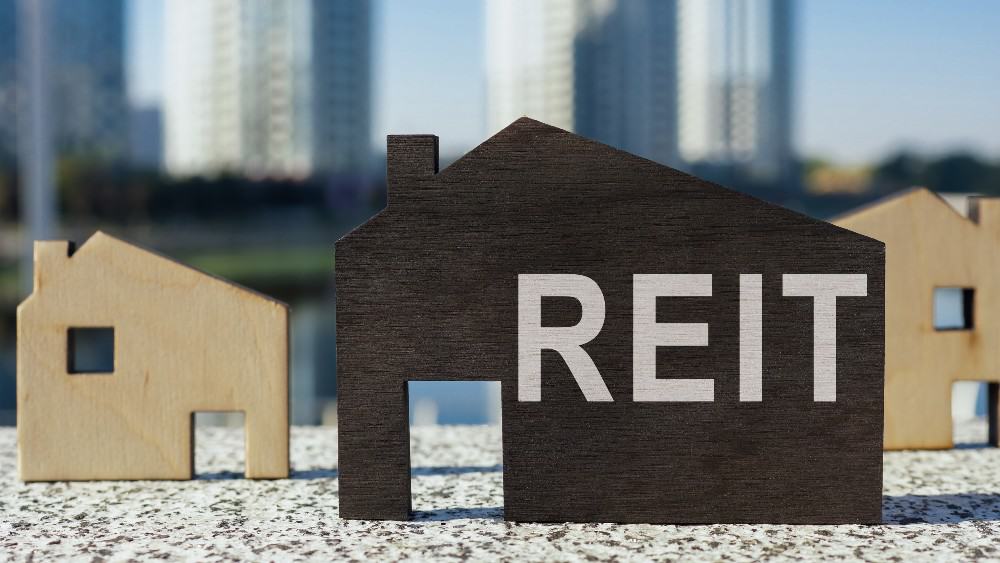The Canadian real estate landscape is facing some interesting challenges right now. It’s got positive long-term fundamentals according to industry experts like CBRE, but is also dealing with short-term pressure from the ongoing trade tensions with the United States. Since those tariffs were announced in January, home sales dropped nearly 10% month-over-month into February 2025, creating what the Canadian Real Estate Association recently called a “gap” in sales activity.
But here’s the thing about market turbulence – it often creates opportunities for smart investors. Today, I’d invest $6,000 in Canadian real estate stocks to potentially build lasting wealth, despite (or perhaps because of) current economic headwinds, through retail real estate investment trusts (REITs).
Why I’m focusing on retail REITs
When economic waters get choppy, investors look for stability. That’s why I’m particularly interested in retail Real Estate Investment Trusts (REITs) right now, especially those anchored by grocery stores and essential services.
Why buy retail REITs for stability? Because people always need groceries, medicine, and basic household items –regardless of tariff wars or economic conditions. CBRE’s latest market outlook confirms this resilience, noting that positive leasing intentions combined with supply constraints are actually forcing retailers to expand into secondary markets.
These necessity-based properties tend to maintain steady cash flow even during economic downturns, which helps protect your investment while providing reliable passive income through regular distributions (similar to dividends).
My top pick for April 2025: Firm Capital Property Trust
If I had $6,000 to invest in Canadian real estate stocks today, I’d put it into Firm Capital Property Trust (TSX:FCD.UN). Here’s why:
Firm Capital Property Trust owns a diversified portfolio of 64 commercial properties (mostly grocery-anchored retail), five multi-family complexes, and four manufactured home communities. This diversification provides stability across different real estate segments.
The REIT maintains impressive occupancy levels – 94.5% for commercial properties, 95.3% for multi-residential units, and a perfect 100% for manufactured homes. These high rates translate directly into consistent rental income, driving year-over-year same-property net operating income (NOI) growth of 4% during the fourth quarter of last year.
The retail REIT has strengthened its operating position, bringing its adjusted funds from operations (AFFO) payout rate down to a sustainable 100% in late 2024, compared to an unsustainable 115% in 2023. This means monthly distributions are now fully covered by recurring distributable cash flow.
As of its April 1st earnings report, the REIT’s Net Asset Value (NAV) grew 5% year-over-year to $7.83 per unit. Units are trading at a whopping 27% discount to that value. As the gap between market price and underlying value narrows, this could create substantial capital appreciation.
Perhaps most attractive to income-oriented investors is the approximately 9% distribution yield. At that rate, the Rule of 72 suggests you could double your money in about eight years from distribution reinvestments alone.
Unlike many REITs whose distributions are taxed as regular income, FCD.UN typically structures distributions as mostly return of capital. This allows investors to defer taxes while their cost basis gradually reduces – a nice bonus for taxable accounts.
The $6,000 investment plan
With $6,000 invested in Firm Capital Property Trust, you’d generate around $540 annually in passive income at the current 9% yield. You’d potentially benefit from capital appreciation as the discount to NAV narrows over time. You’d hold a stake in essential retail properties that tend to weather economic storms. And you’d enjoy tax-advantaged distributions that defer tax obligations.
While the ongoing trade tensions with the U.S. might create short-term volatility, the fundamental need for grocery-anchored retail space and accommodation isn’t going away. By focusing on quality assets trading below their intrinsic value, you position yourself to potentially build lasting wealth through both regular passive income and capital appreciation.
Remember, the best long-term investments are often made when others are cautious – and the current market climate might just be providing us with exactly that opportunity.

